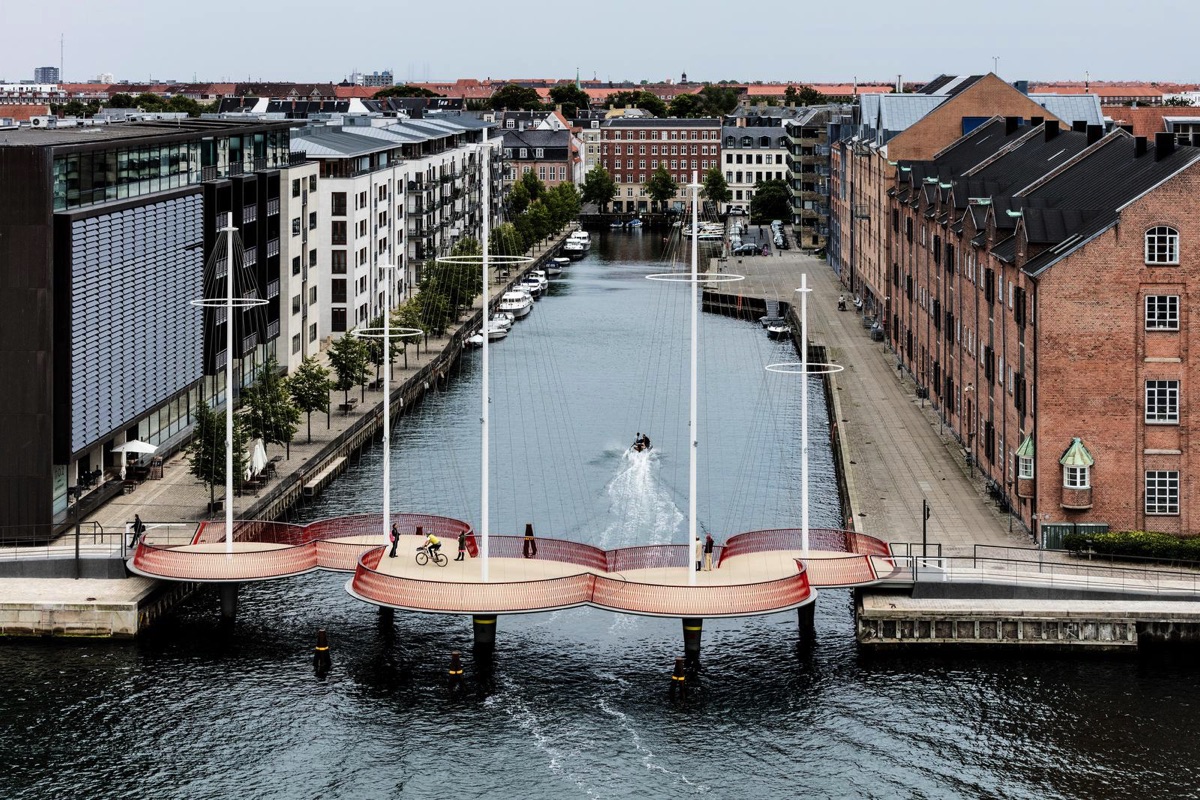
What drives us to decide the destination of a trip? Low cost flights, advice from friends, movies, books, newspapers and so on and so forth. And why not, the story. There are several reasons that may have prompted you to go to Copenhagen, and whatever your background, when you stop to make a very small travel report, you realize that you have lost count of all those times that, with the look of a child, you thought: “how wonderful”.
It could be the Danish pastries that made you lose your mind, of course, but there is something more significant and present in Copenhagen: its Design. Aesthetically beautiful, functional and, above all, unexpected because everywhere. Exactly in the same way as while you are lost in thought, you walk down the street and the scent of freshly baked sweets in a bakery takes you by surprise, so it happens with Design in Copenhagen. It just comes to you, whether you want it or not. You certainly breathe the air of a city without too many constraints, in which creatives have room to experiment and the result is a lively, dynamic and open city.
Nothing seems to be left to chance and people in Denmark are already born with a strong education in the aesthetic sense, also thanks to the recent history of Danish design. Not surprisingly, just to name one above all, the Egg Chair, a masterpiece by Arne Jacobsen designed in 1958, but inexplicably contemporary in many contexts, in Copenhagen is everywhere, even where you least expect it: from the hotel lobby, to the reading areas in the coffee, to the waiting rooms. And what is extremely fascinating is how profound this pride is with respect to local design, which is why it must be bought, supported and rightly shown.

EGG CHAIR @ Radisson Blu
As a second experiment, try to enter any Coffee Bar: you will not find walls painted in discordant colours, calendars hanging on the walls or Coca-Cola branded refrigerators. On the contrary, essential. We will find the essential, which makes the spaces livable and pleasant. A coffee-goer, who intends to have time to drink an American or read a newspaper article indeed, needs nothing more than soft colours, tables and chairs, paintings on the walls and plants. And that’s exactly what he will find. This is social design, which also means designing for people.

Cafè Feel Good
In a broader sense, what amazes about Copenhagen is precisely the bumping-into design structures or installations in a completely random way. An extraordinary example of this is the Cirkelbroen bridge, designed by the Olafur Eliasson studio, a Danish artist now known all over the world. The project is apparently in contrast with the verticality of the surrounding architecture, but at the same time finds its perfect location thanks to the geometries of the circle. Similarly, Superkilen, in the Nørrebro district, the most photographed project in Copenhagen, signed Superflex, in collaboration with Bjarke Ingels Group and Topotek, in the now distant 2012, which consists in the reinterpretation of two squares with no less simple elements of colors (black -white and red-green) and volumes.
- Superkilen
- Superkilen_RedSquare

Cirkelbroen
For those with a particular predisposition to observation of detail or curiosity towards drawing and planning, Copenhagen is the perfect synthesis of being amazed, the details come to you, you are not looking for them. And perhaps this is the beauty of life, letting yourself be surprised, even better if it is the “good design” to surprise you.

